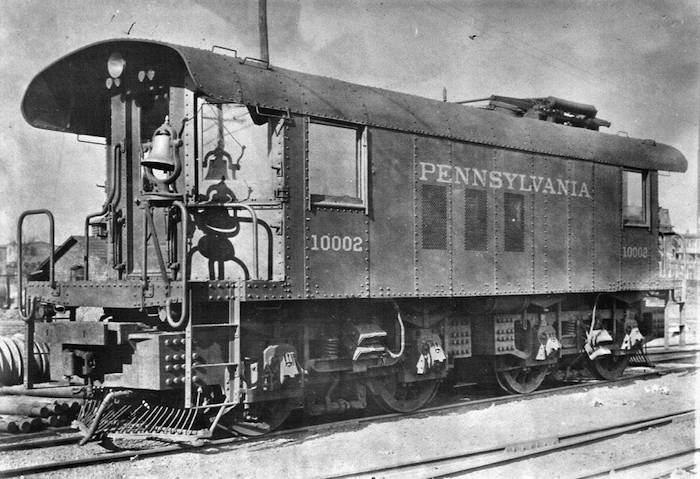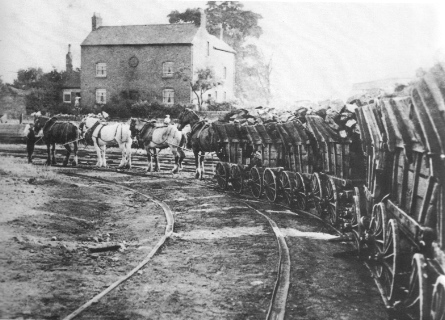
Last week we focused on the history of the USPS, but what came long before that? Railroads. In the material handling business, railroad transport history is very important because railroad transport was what really started the game for us. Shipping by railroad was the first efficient means of a “load transfer system” if you think about it.
The History of Rail Transport
Who Invented Railroads?
Rail-based transportation systems using man or horse power date way back to the ancient Greeks. Wagonways were the next major systems that operated roughly from 1500-1800.
The steam engine changed everything though. Starting in the 1810’s, several people in Britain and the United States suggested ideas about building some type of railroad system. In 1815, John Stevens built a test track and ran a test locomotive around it in his summer home estate. Britain’s first railroad systems were popping up around the same time. Americans actually learned how to build railroads by carefully studying British railroad technology.

How has Railroad Transport Evolved?
Railroads played a huge role in the development of the United States from the Industrial Revolution in the Northeast and to the settlement of the West:
- The United States’ very first railroad systems started in the South and only had short lines connecting cotton regions to a port on an ocean or river. There were also railroads that transported farm supplies (grains, hogs, cattle, etc.).
- The Granite Railway was one of the first railroads constructed in 1826. It was a common freight carrier used during the construction of the Bunker Hill Monument, primarily used to haul granite.
- Also in 1826, two major railroads were built- the Delaware and Hudson Canal Company’s Railroad, and the Mohawk and Hudson Railroad. Both carried passengers around the bend in the Erie Canal.
But the real American railroad hype began with the Baltimore and Ohio Railroad in 1828:
- The B&O Railroad was one of the oldest, largest, and most important railroads in the history of the Atlantic region. It may not have been the first railroad in the U.S., but it was the first common carrier railroad and the first to offer scheduled freight and passenger services to the public.
- The entire railroad was destroyed by the Panic of 1873, which was a financial crisis that generated a depression in Europe and the United States.
- The B&O Railroad also started developing steam locomotives in 1829. These were the first American-built locomotives to run in the U.S.
And then came the ever-so-famous Pacific Railroad (the First Transcontinental Railroad) which was a 1,907 mile railroad that finally connected the East to the West. This railroad operated between 1863 and 1869.
During the Civil War, the railroad transportation business struggled because of the economic crisis, which caused such hardship because the use of a railroad was needed at that point. But instead, all railroad transport businesses basically crashed. The locomotives that did operate were strictly for Army use- mainly for carrying large weapons and other artillery.
Eventually during the Reconstruction Era, light shone through at the end of the tunnel- Northern money financed and rebuilt the railroad system throughout the South.
The railroad system became rather efficient by 1910, but the use of trucks, automobiles, and airplanes hurt the railroad industry. Due to several bankruptcies and consolidations, the rail system was down to only a small handful of large operations by the 1980’s. In 1971, almost all long-distance passenger transport shifted to Amtrak. Today, commuter rail service is provided in the major cities like New York City, Chicago, Boston, Philadelphia, Baltimore, and the DOC.
Why is Railroad Transport Important?
In the earlier days, railroads were the best way to transport goods because they could operate all year round and were fast! Canals and rivers could not run during the winter; and transportation of goods by wagon was slow and expensive.
Railroad transport still continues to play a vital role in the U.S. economy. Freight railroads are still used to move imports and exports, coal, and oil.
Railroad transport also played a big role in developing new concepts of management and brought forth giant corporations.
